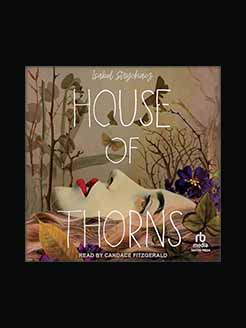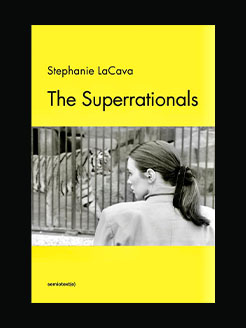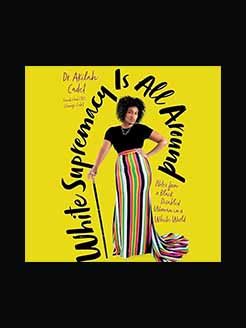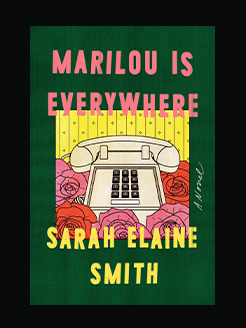Published in 2019
208 pages
María Gainza was born in Buenos Aires, where she still resides. She has worked as a correspondent for The New York Times in Argentina, as well as for ARTnews. She has also been a contributor to Artforum, The Buenos Aires Review, and Radar, the cultural supplement from Argentine newspaper Página/12. She is coeditor of the collection Los Sentidos (The Senses) on Argentinean art, and in 2011 she published Textos elegidos (Selected Texts), a collection of her notes and essays on contemporary art. Optic Nerve is her first work of fiction and her first book to be translated into English.
What is this book about?
The narrator of Optic Nerve is an Argentinian woman whose obsession is art. The story of her life is the story of the paintings, and painters, who matter to her. Her intimate, digressive voice guides us through a gallery of moments that have touched her.
In these pages, El Greco visits the Sistine Chapel and is appalled by Michelangelo’s bodies. The mystery of Rothko’s refusal to finish murals for the Seagram Building in New York is blended with the story of a hospital in which a prostitute walks the halls while the narrator’s husband receives chemotherapy. Alfred de Dreux visits Géricault’s workshop; Gustave Courbet’s devilish seascapes incite viewers “to have sex, or to eat an apple”; Picasso organizes a cruel banquet in Rousseau’s honor. . . . All of these fascinating episodes in art history interact with the narrator’s life in Buenos Aires—her family and work; her loves and losses; her infatuations and disappointments. The effect is of a character refracted by environment, composed by the canvases she studies.
Seductive and capricious, Optic Nerve is a book that captures, like no other, the mysterious connections between a work of art and the person who perceives it.







